In recent years, organic-inorganic hybrid perovskite materials have attracted widespread attention due to their excellent photoelectric conversion efficiency and adjustable band gap. By reducing thermal energy loss, the tandem devices can further improve their efficiency, which may break through the Shockley-Queisser limit.
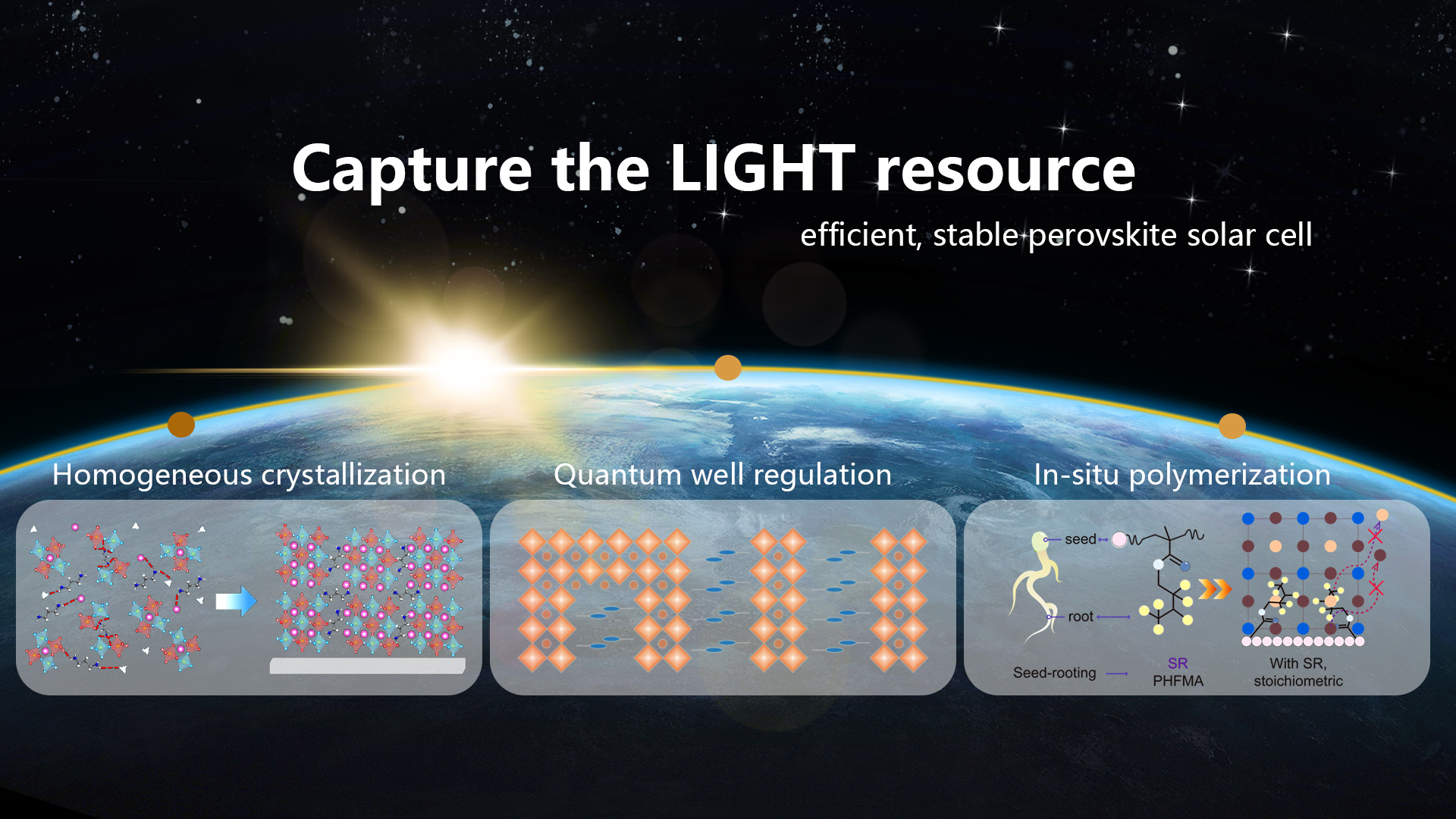
Assistant Professor Longbin Qiu’s research team from the Department of Mechanical and Energy Engineering (MEE) at the Southern University of Science and Technology (SUSTech) has recently conducted a comprehensive study on thermodynamic regulation of crystallization, interface quantum well regulation and in-situ polymerization stability improvement strategy for perovskite solar cells and tandem devices. They have made a series of research advancements and published four papers in international journals, including Angewandte Chemie International Edition, Journal of Materials Chemistry C, and ACS Nano.
Achieving high-quality wide-bandgap perovskite films remains challenging due to crystallization control and film uniformity issues. The researchers studied the crystallization process by using removable additives to regulate wide-bandgap perovskites. With higher melting and boiling points, these additives delay solvent evaporation, expanding the processing window of the solution process and promoting more controlled nucleation and crystallization (Fig. 1). The improvements brought the VOC of the 1.85 eV wide-bandgap perovskite cell to 1.370 V and achieved a perovskite-organic tandem solar cell with an efficiency of 23.55%. This study highlights the effectiveness of additive engineering in improving wide-bandgap perovskite film.
Their research findings, entitled “Regulating crystallization in wide-bandgap perovskite with removable additives for an expanded processing window contributes to efficient tandem solar cells”, have been published in the Journal of Materials Chemistry C.
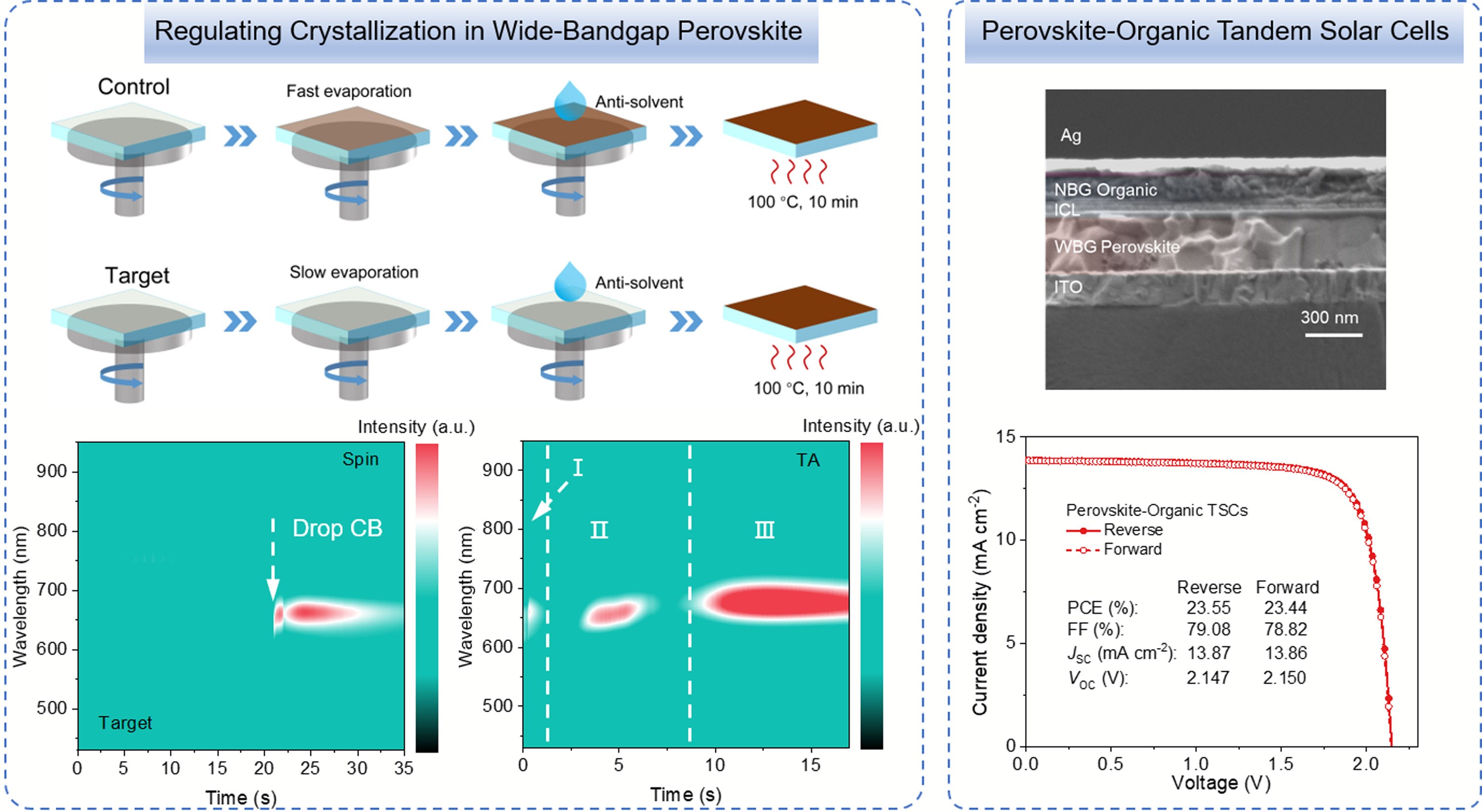
Figure 1. Schematic diagram of the solvent evaporation process with removable additives and device performance for the perovskite–organic tandem solar cells
Ph.D. student Guanshui Xie from the School of MEE at SUSTech is the first author of this paper. Assistant Professor Longbin Qiu is the corresponding author, and SUSTech is the first affiliation.
Increasing the bromine (Br) content of perovskite to reach the band gap above 1.8 eV complicates crystallization, resulting in film quality degradation due to the uncontrollable evolution of the intermediate phase. The researchers proposed to introduce a diammonium salt as additive to adjust the homogeneity and crystallinity of perovskite film, eliminating the low-dimensional intermediate phase for orientated crystallization of 1.85 eV perovskite (Fig. 2). The resulting perovskite-organic tandem solar cells achieve the highest power conversion efficiency of 24.03% and a high open-circuit voltage of 2.108 V. This work enhances the understanding of the perovskite crystallization process and proposes an important way to prepare efficient and stable perovskite.
Their research findings, entitled “Crystallization Thermodynamics Regulation of 1.85 eV Wide-Bandgap Perovskite for Efficient and Stable Perovskite-Organic Tandem Photovoltaics”, have been published in Angewandte Chemie International Edition.
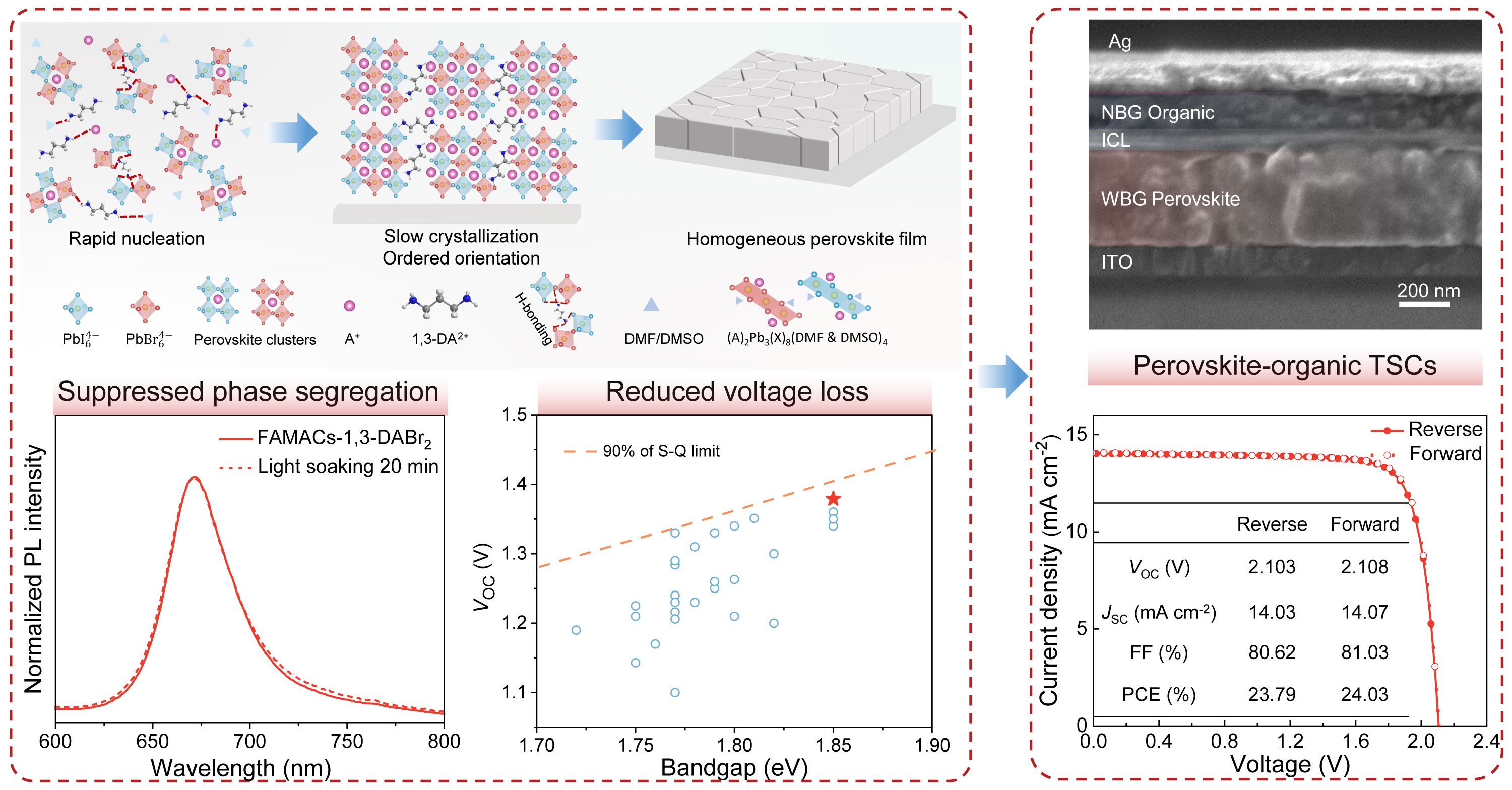
Figure 2. Schematic diagram of diammonium salt regulation crystallization process and device performance for the perovskite–organic tandem solar cells
Ph.D. student Guanshui Xie and Dr. Huan Li from the School of MEE at SUSTech are the co-first authors of this paper. Assistant Professor Longbin Qiu is the corresponding author, and SUSTech is the first affiliation.
The wide-bandgap perovskite is prone to serious phase separation, which is not conducive to the operational stability of the devices. Quasi-2D perovskites are known for their long-term environmental stability. In this system, bulky spacers are expected to inhibit ion migration and reduce interfacial non-radiative recombination. However, the possibility and great potential of such quasi-2D perovskite for wide-bandgap systems have rarely been explored.
Based on the FA-based quasi-2D wide-bandgap perovskite, the researchers proposed an interface quantum well regulation strategy. The interfacial quantum wells are adjusted by the preference binding capacity of solvent and long-chain molecules for a higher preference of low-dimensional perovskites interface layer (Fig. 3). The quasi-2D wide-bandgap (1.70 eV) perovskite solar cells achieve an efficiency of 20.18% and a VOC of 1.27 V, and maintain 95% initial performance under one sun illumination over 500 hours of stable operation. This work directed more attention to the application of quasi-2D perovskites in wide-bandgap systems.
Their research findings, entitled “Highly Efficient and Stable Wide-Bandgap Quasi-2D Perovskite Solar Cells via Interfacial Quantum Well Regulation”, have been published in ACS Nano.
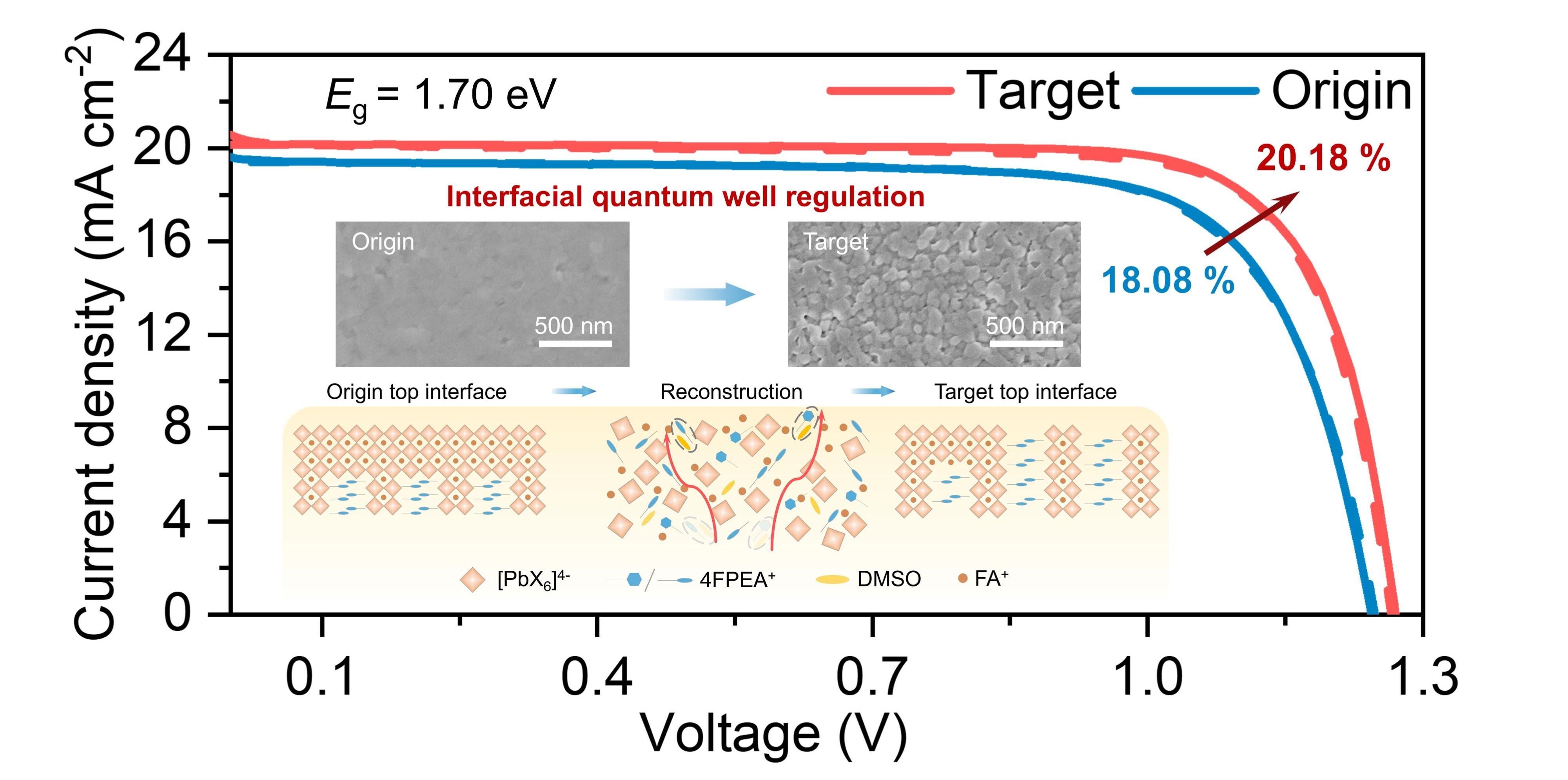
Figure 3. Schematic diagram of quantum well regulation process and device performance for the quasi-2D perovskite solar cells
Postgraduate student Nuanshan Huang from the School of MEE at SUSTech is the first author of this paper. Assistant Professor Longbin Qiu is the corresponding author, and SUSTech is the first affiliation.
Stability issues remain the main obstacle limiting the commercial application of perovskite solar cells. The organic cations in perovskite materials are prone to escape under environmental stresses, resulting in stoichiometric imbalance, which affects the efficiency and long-term stability of the device.
Based on this, the researchers reported a biomimetic “seed rooting” strategy to improve the stability of perovskite by using sulfhydryl-functionalized particles as “seeds” and initiating in-situ polymerization of 2,2,3,4,4,4-hexafluorobutyl methacrylate (HFMA) at the bottom of the perovskite layer (Fig. 4). This strategy, similar to seeds taking root in the soil to prevent soil erosion, effectively inhibits the escape of organic cations in perovskites, thereby significantly improving the efficiency and stability of perovskite solar modules. This strategy provides a new idea for improving the performance and durability of perovskite solar cells, laying a foundation for their commercial application.
Their research findings, entitled “In-situ Polymerization Induced Seed-Root Anchoring Structure for Enhancing Stability and Efficiency in Perovskite Solar Modules”, have been published in Angewandte Chemie International Edition.
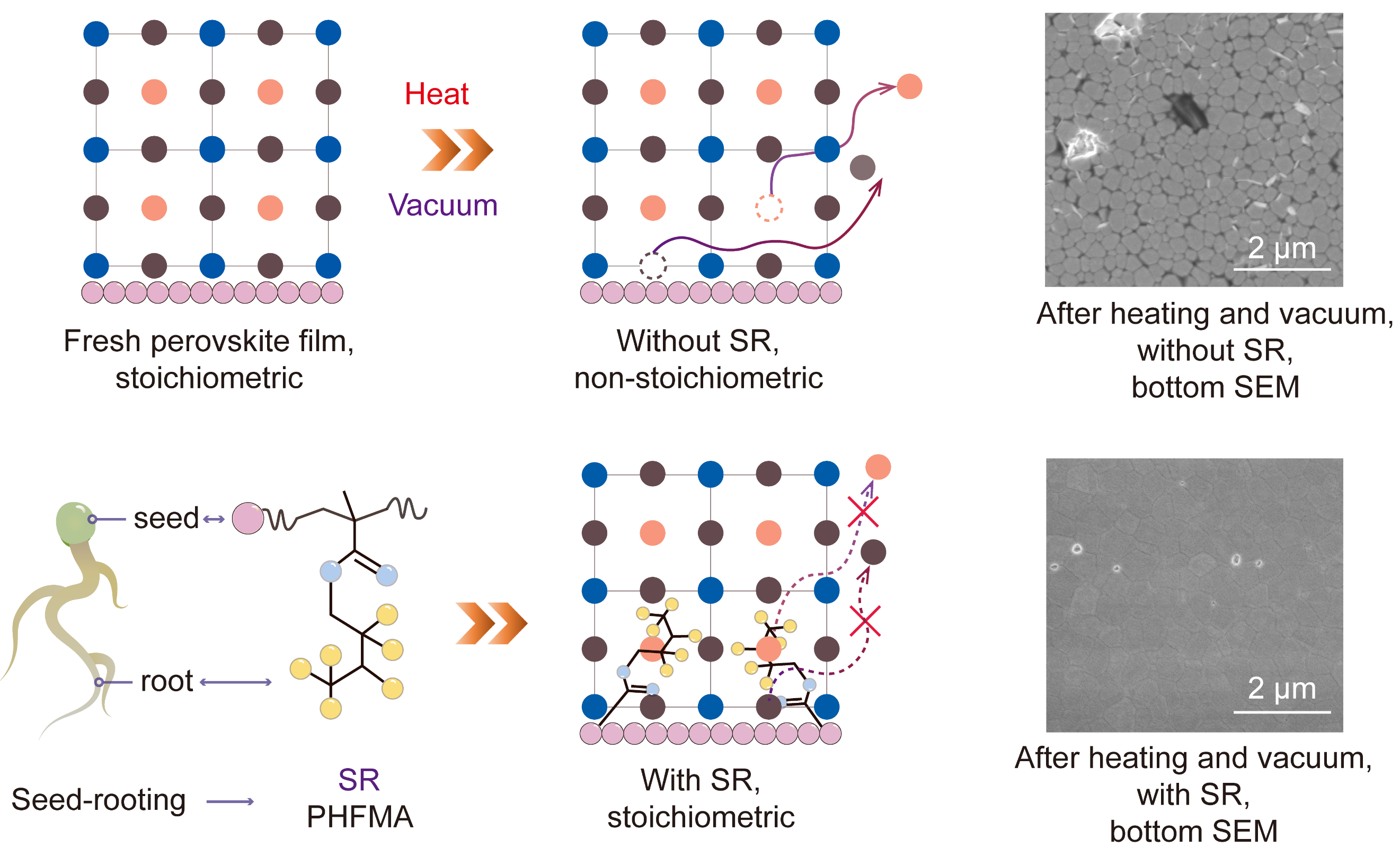
Figure 4. Schematic diagram of seed rooting anchoring strategy and SEM figure of buried interface
Ph.D. student Sibo Li from the School of MEE at SUSTech is the first author of this paper. Assistant Professor Longbin Qiu is the corresponding author, and SUSTech is the first affiliation.
Paper links (In order of appearance above):
Journal of Materials Chemistry C: https://doi.org/10.1039/D4TC05093B
Angewandte Chemie International Edition: https://doi.org/10.1002/anie.202501764
ACS Nano: https://doi.org/10.1021/acsnano.5c01589
Angewandte Chemie International Edition: https://doi.org/10.1002/anie.202421174
To read all stories about SUSTech science, subscribe to the monthly SUSTech Newsletter.
Proofread ByAdrian Cremin, Yuwen ZENG
Photo ByDepartment of Mechanical and Energy Engineering